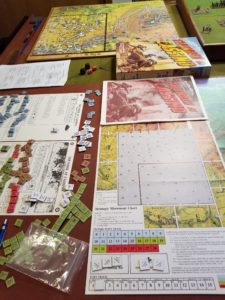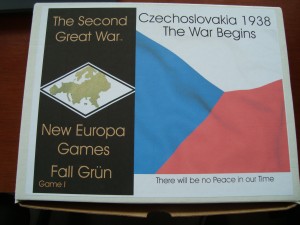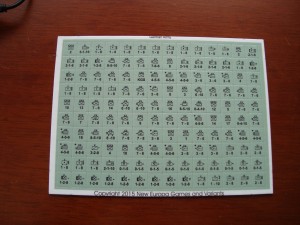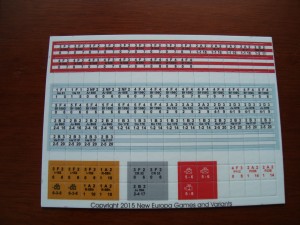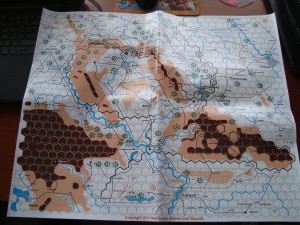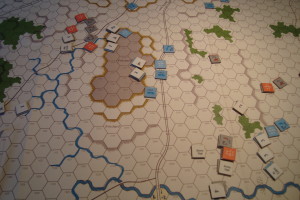Never been one for video games. The ones I did like were Asteriods, Space Invaders and, later, Doom. All point and shot, and all date me.
Put Warfighter on the table this week. It’s not just a point and shoot game.
I’ve developed an interest in ultra-modern skirmish wargaming, and checked out the highly regarded Sangrin rulesets. Had one and lost it in the Great IPad Data Loss Debacle. I lack the will to commit to the time and expense needed to paint the figures and construct terrain. And, I wanted to do this on a small scale, like 10mm. No figures available, even from the redoubtable Pendraken line. I thought Warfighter might provide the experience without all the work. It does.
Played three small scenarios the past few days. The learning curve was not smooth.
The commentaries about rule difficulties are spot on. But, again, you can say that about many games. It just becomes more frustrating for a game that shouldn’t be that difficult. Maybe it’s just me, but wrapping my head around a game where the cards are loaded with information is difficult.
Once I got it……I GOT it, and the game just flowed. Lots of tension and decision making. Do I really want to play that “Back Street” card that is loaded with potential bad guys and trouble? Maybe take an action and discard for the possibility of easier terrain.
Sure, once the enemy appears it is a point and shoot, but a coordinated one. It’s just not you. There are other troops, and all actions have to be integrated for a successful mission. Gee, a fast playing tactical card game where you go with the fundamentals: move, shoot and communicate. Shocking!
The challenges begin before the mission starts. How does one allocate resource points between personnel, their skills, equipment, and weapons? You can’t have it all, whether it’s a matter of resource points or ability of a soldier to carry what you think he should have as opposed to need.
It’s a challenging and entertaining game. Highly Recommended.
I’ll post up some other thoughts and commentary after a few more plays.
